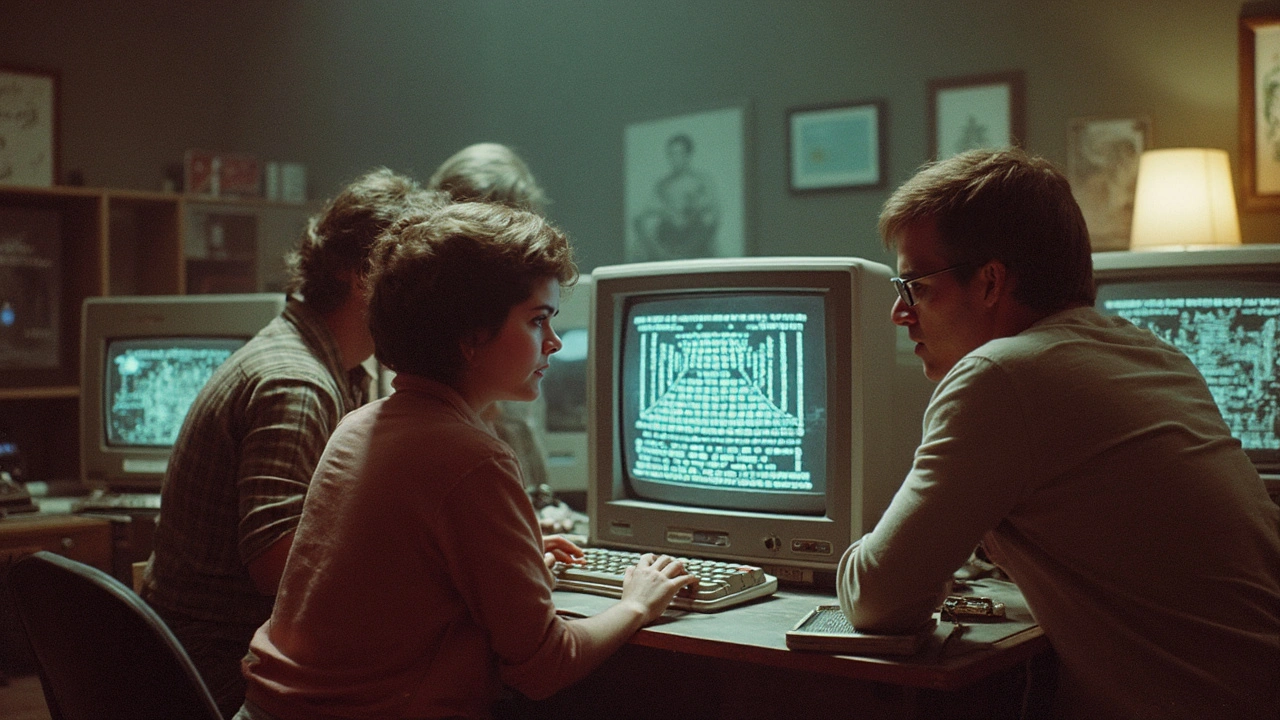Discover Optical Illusions and How They Play with Your Mind
Ever noticed how some images seem to move, change color, or even morph into something else when you look at them? That’s the magic of optical illusions. They show how our eyes and brain can get tricked by visual information, creating a fun and sometimes confusing experience. Optical illusions aren’t just fun party tricks—they also help researchers understand how our brains interpret what we see.
What Are Optical Illusions Exactly?
Optical illusions happen when the information your eyes send to your brain gets mixed up, so you don’t see things as they really are. Sometimes, colors appear brighter or dimmer, lines look bent though they’re straight, or you see shapes that aren’t actually there. This happens because your brain is trying to make sense of the visual clues, but it can be fooled by contrast, light, patterns, or angles.
For example, a classic illusion shows two identical shades of gray, but one looks darker because it’s surrounded by lighter colors. This happens because your brain compares colors and adjusts how it sees them based on the surroundings.
Why Optical Illusions Matter to You
Besides being cool to look at, optical illusions tell you a lot about how your brain works. They reveal how your mind fills in gaps and uses shortcuts to understand complex scenes quickly. Understanding these tricks can help artists, designers, and even architects create visual effects that grab attention or appear more interesting.
They also remind us to question what we see. Our perception isn’t always the perfect reality, which is something useful to remember in many parts of life, like when reading maps, using technology, or even when buying products that look different in pictures than in real life.
Interested in trying some optical illusions yourself? Simple ones like the “checker shadow illusion” or the “spinning dancer” can be found online and show how easily your brain can be fooled. Playing with illusions can be a fun way to train your brain to become more aware of visual tricks and enjoy the fascinating quirks of human perception.

ASCII Stereograms: 3D Illusions in Text Art
ASCII stereograms are a unique blend of art and science, creating 3D illusions using text. They play with your visual perception, inviting you to see depth in flat patterns by aligning characters like magic. Developed from early USENET collaborations, these illusions have evolved with tech, mixing ASCII art with modern vision methods. They're fascinating because they show how something as simple as text can bring complex ideas to life in both creative and educational ways.
view more